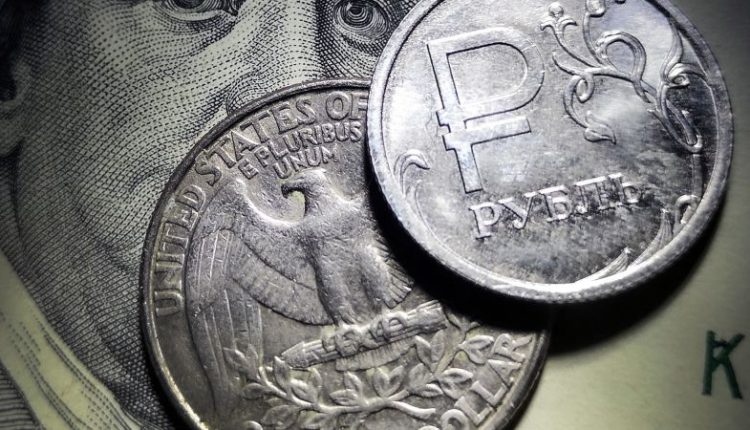Russia has reimposed some of the capital controls it introduced in the wake of its full-scale invasion of Ukraine in a new attempt to prop up the ruble as the cost of war weighs heavily on the economy.
The ailing currency gained 3.4% Thursday to trade at 96 against the US dollar — its strongest level in a little over two weeks — after Moscow announced late Wednesday that it would force dozens of exporters to convert their foreign revenues into rubles.
According to the statement, Russia’s financial regulator, Rosfinmonitoring, will monitor and enforce the new requirements on 43 companies in the energy, metals, grain and other sectors.
“The main purpose of these measures is to create long-term conditions for increasing the transparency and predictability of the currency market, [and] to reduce the opportunity for currency speculation,” Russia’s First Deputy Prime Minister Andrei Belousov said in a statement Wednesday.
The controls are similar to those Moscow imposed in February 2022, just days after it launched its assault on Ukraine, and after a barrage of Western sanctions sent the ruble crashing to an all-time low of 135 against the dollar.
At the time, Russia ordered exporters to swap 80% of their foreign currency revenues for rubles, rather than hold onto US dollars or euros. The government also banned residents from making bank transfers outside Russia, and Russian brokers from selling securities held by foreigners.
The ruble has lost over a third of its value against the dollar since the start of this year as the grinding cost of the war in Ukraine takes its toll on Moscow’s export-oriented economy, which can no longer count on surging oil and gas revenues.
Declining revenue from the energy industry has contributed to a fall in Russia’s current account surplus, which slumped 79% between January and September compared with the same period in 2022. That vanishing gap between the country’s exports and imports has played a role in the ruble’s depreciation, according to the Russian central bank.
Russia’s defense spending has ballooned since its invasion of Ukraine last year. According to a government document seen by Reuters in August, Moscow forecasts its spending on defense to hit 9.7 trillion rubles ($100 billion) in 2023 — almost three times what it spent on defense in 2021, before the war.
Russia’s budget deficit — the gap between the government’s spending and income — has soared since the start of the war.
On Friday, Russia’s finance ministry said the deficit ran to 1.7 trillion rubles ($17 billion) in the first nine months of the year. That’s compared with a surplus of 203 billion rubles ($2 billion) during the same period in 2022.
In August, the central bank implemented an emergency hike to its main interest rate in a bid to buttress the tanking ruble.
Read the full article here

